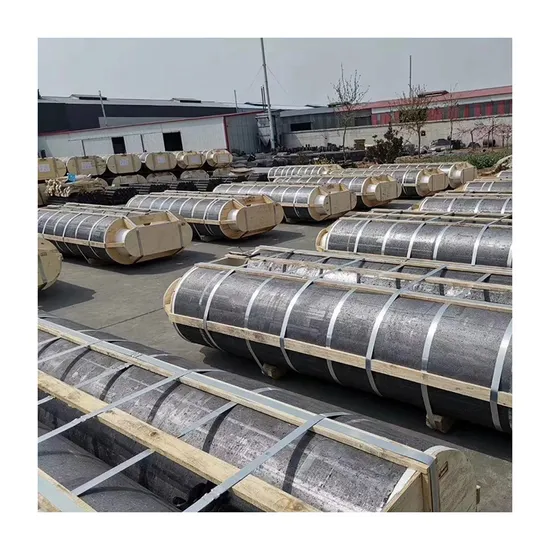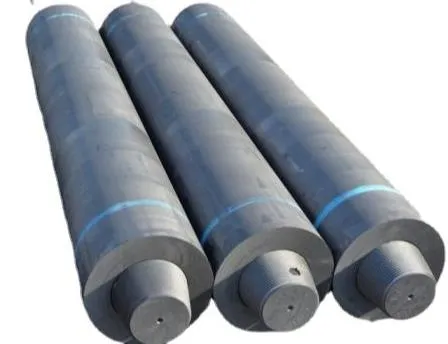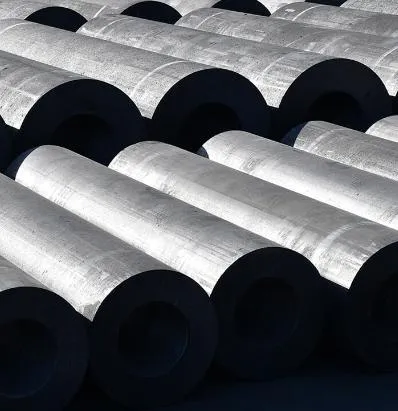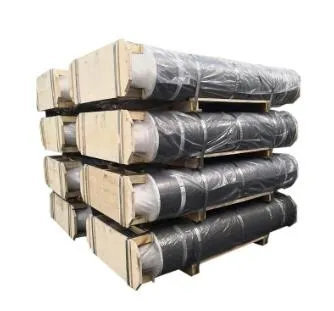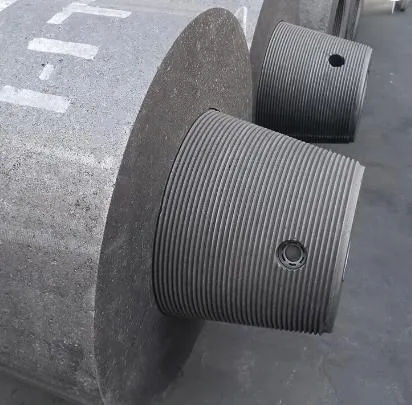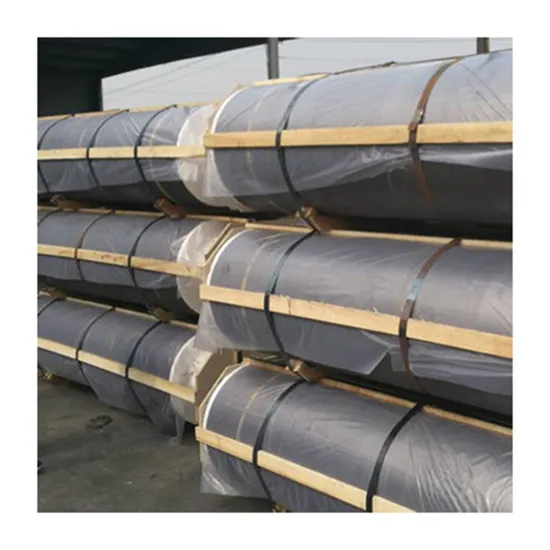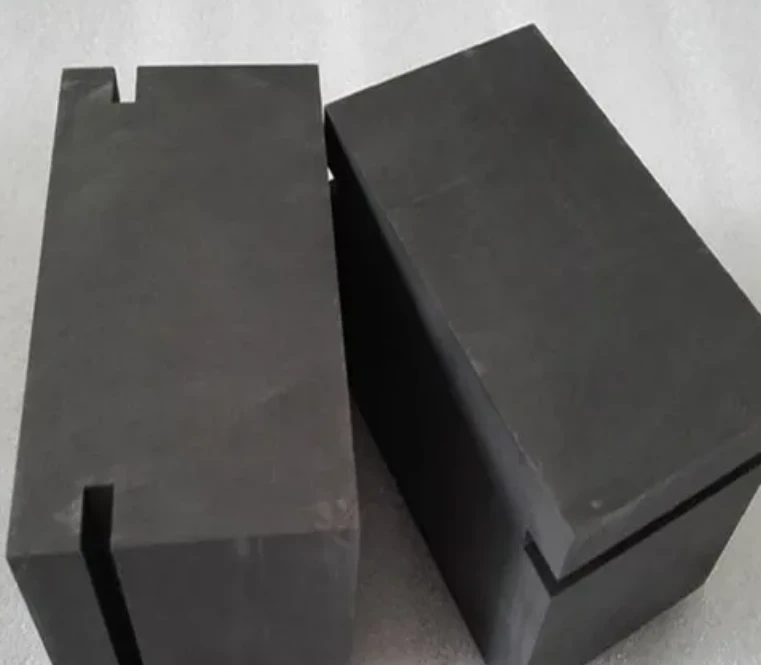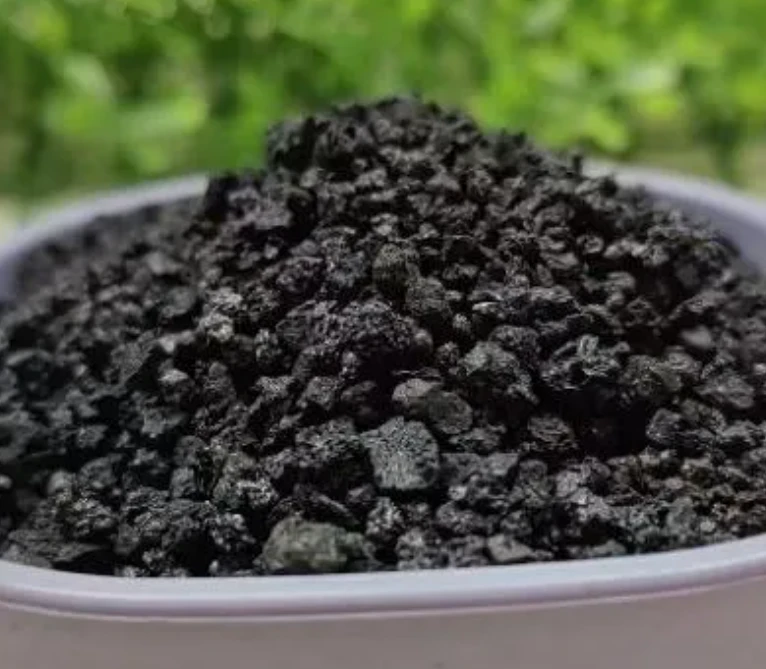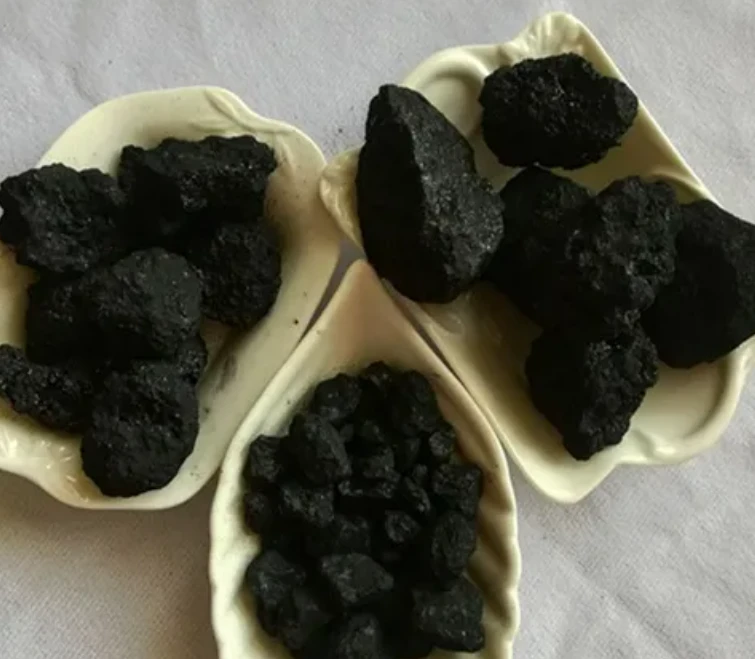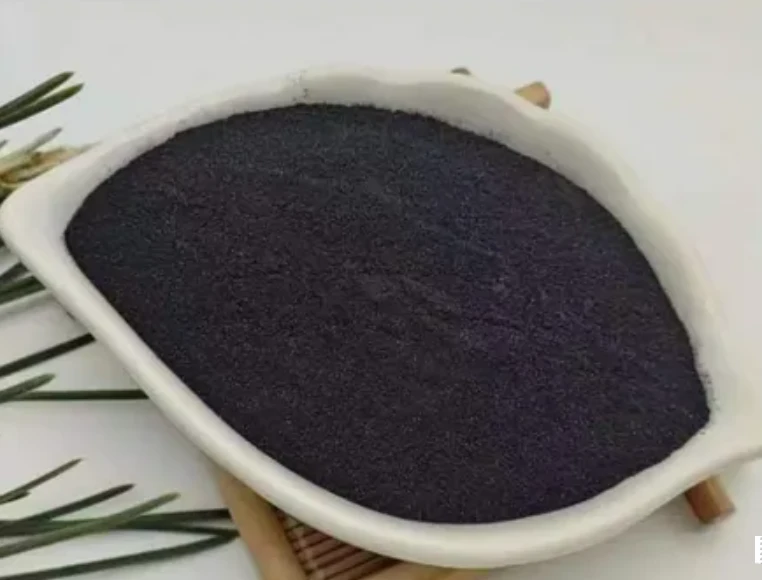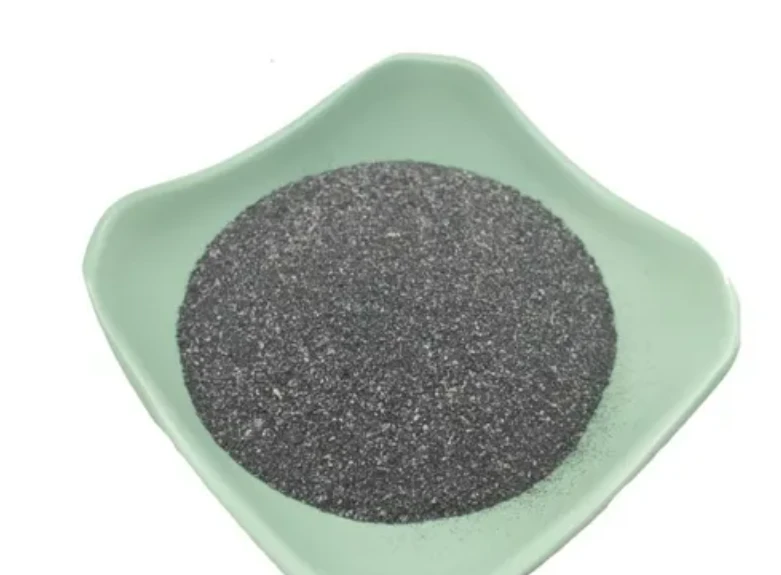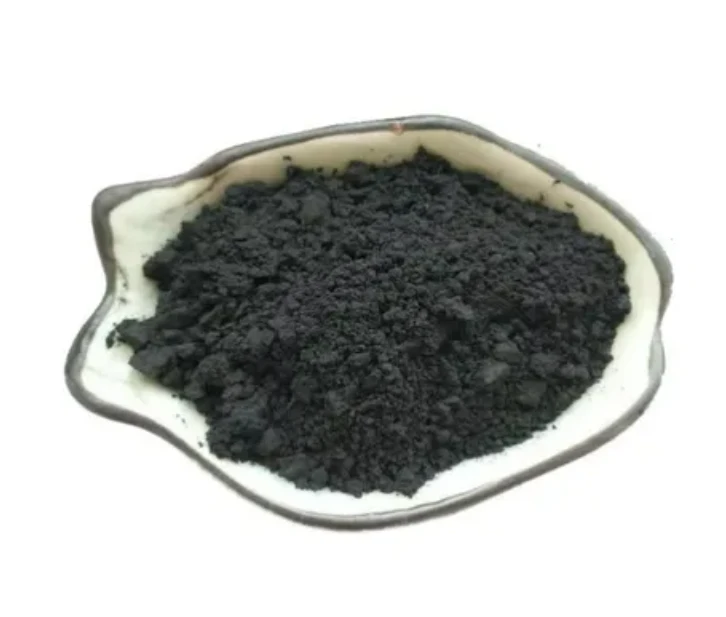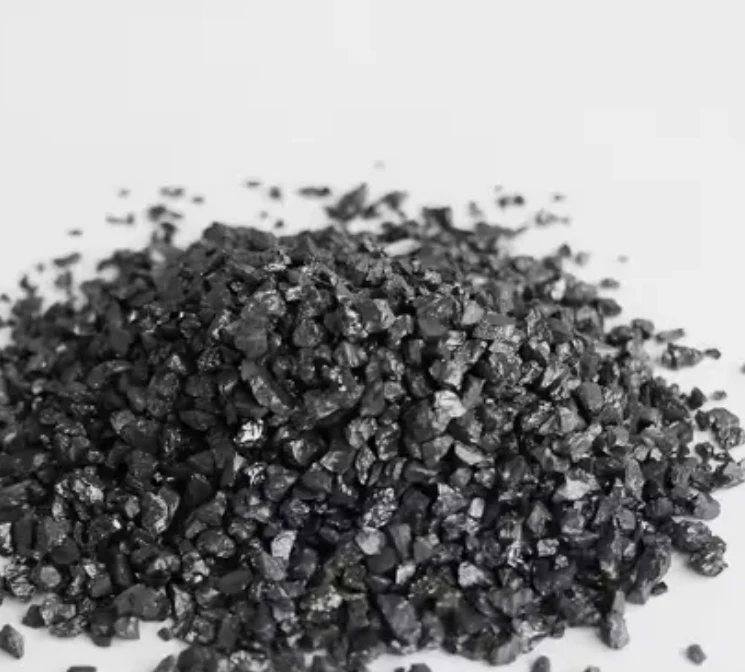- Englist


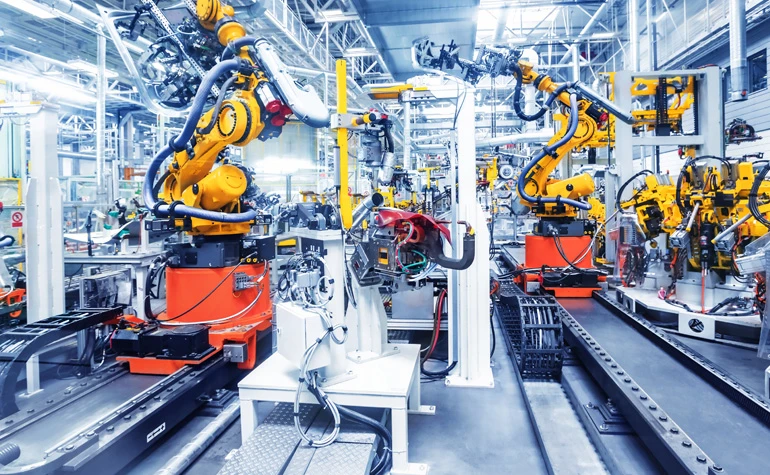
- Introduction: Overview of pet coke use in the cement industry
- Technical and Environmental Advantages
- Comparative Analysis of Manufacturers
- Customizable Solutions for Cement Plants
- Industrial Application Case Studies
- Long-term Economic and Operational Impact
- Conclusion: The future of pet coke use in cement industry

(pet coke use in cement industry)
Introduction to Pet Coke Use in Cement Industry
Petroleum coke, widely referred to as petcoke, has become a transformative fuel source in the cement industry over the past two decades. The use of petcoke in cement plants has expanded rapidly, fundamentally changing fuel economics and production strategies globally. As the demand for high-efficiency and cost-effective fuels increases, petcoke usage in cement industry operations now accounts for a significant portion of total fuel input, especially in regions with stringent coal supply constraints.
Market analyses indicate that, as of 2023, pet coke contributes to nearly 38% of the total thermal energy in cement production worldwide, with higher adoption rates in countries like India (54%), Turkey (42%), and the United States (36%). This upward trend underscores not just economic pragmatism but also a strong preference for fuels with stable supply chains and predictable combustion characteristics. Understanding the multifaceted role of petcoke in cement industry processes is critical for decision-makers aiming to optimize performance while balancing environmental considerations.
Technical and Environmental Advantages
Petcoke’s main technical appeal in the cement industry emerges from its impressive calorific value, ranging between 7,500–8,500 kcal/kg, significantly surpassing that of traditional coal. This high energy density translates to reduced fuel consumption per ton of clinker produced, directly lowering operational costs. The mineral content of petcoke, particularly its low ash residue, allows for improved kiln operation efficiency and minimizes refractory wear.
From an environmental perspective, concerns often center around the sulfur and trace metal content in petcoke. However, cement kilns’ unique operating environment (with extremely high temperatures exceeding 1,450°C) enables efficient capture and integration of sulfur compounds within clinker, thus mitigating significant SO2 emissions. Recent statistics suggest that, when replacing 40% of coal with petcoke, plants achieved a 9–14% reduction in overall fuel costs and up to 22% decrease in particulate emissions due to fewer unburnt residues.
Investments in modern emission control systems (such as SCR, bag filters, and desulfurization units) further enhance the sustainability profile of pet coke use in cement industry practices, helping manufacturers conform to evolving environmental regulations.
Comparative Analysis of Manufacturers
Competition among petcoke suppliers and kiln retrofit solution providers remains robust. Below is a comparison of leading vendors based on quality, technical support, supply stability, and price competitiveness, reflecting typical North American and Asian market options:
| Company | Fuel Quality (kcal/kg) | Sulphur Content (%) | Supply Stability | Technical Support | Average Price (USD/Ton) |
|---|---|---|---|---|---|
| Oxbow Carbon LLC | 8,200 | 5.5 | High | Premium (24/7) | 145 |
| Rain Carbon Inc. | 7,900 | 4.8 | Very High | On-site Training | 150 |
| Indian Oil Corp. | 8,350 | 6.0 | Moderate | Email/Phone | 125 |
| Chevron Phillips | 8,050 | 5.0 | High | Consultancy | 148 |
| Shahe Cement Tech | 7,980 | 4.5 | Very High | Process Optimization | 135 |
This comparative data highlights the necessity of evaluating petcoke sources not only by calorific value and sulfur content, but also by factors such as technical assistance and supply reliability, which are crucial for continuous kiln operations.
Customizable Solutions for Cement Plants
The utilization of petcoke requires tailored process engineering to maximize efficiency and safeguard equipment integrity. Key customizable solutions include:
- Advanced Fuel Blending Systems: Automated proportioning to manage variable petcoke calorific values and optimize fuel mix.
- Specialized Burner Design: High-momentum burners equipped for the fine, abrasive nature of ground petcoke.
- Real-Time Emissions Monitoring: Integrated gas analyzers for continuous SO2, NOx, and particulate tracking.
- Clinker Chemistry Adaptation: Modification of raw mill inputs to account for petcoke’s lower ash and higher sulfur.
- Automated Material Handling: Dust-proof conveying and storage systems designed for high-sulfur petcoke.
Industrial Application Case Studies
The versatility of petcoke adoption is demonstrated by leading cement producers across diverse geographical and regulatory conditions:
Case 1: A large cement plant in Gujarat, India, substituted 65% of its kiln coal requirement with petcoke, enabled by upgraded burner technology and online SO2 management. Results included a 16% reduction in production cost per ton of clinker and a 24% decrease in fuel logistics downtime.
Case 2: In Texas, USA, a 3 MTPA plant leveraged mid-sulfur petcoke (5.2% S) from Oxbow Carbon, integrating a hybrid SNCR/SCR emission system. The plant reported stable kiln operation for 330+ continuous days and reduced NOx emissions by 18% compared to their former imported coal regime.
Case 3: A facility in Izmir, Turkey, adopted Shahe Cement Tech’s premium petcoke package with proprietary blending and control software, achieving payback on retrofit investments within 22 months and maintaining emissions 28% below national thresholds.
These real-world applications reinforce the operational reliability, economic appeal, and regulatory viability of petcoke integration in modern cement manufacture.
Long-term Economic and Operational Impact
Beyond immediate fuel cost savings, sustained petcoke use in cement industry processes yields considerable long-term advantages. Plants report average operating cost reductions of $9–12 per ton of clinker. Maintenance intervals for kiln refractories and burners tend to increase, owing to more predictable combustion profiles and cleaner ash characteristics.
Moreover, diversified fuel portfolios—where petcoke forms 25–60% of the fuel mix alongside conventional and alternative fuels—enable resilience against global price shocks and supply disruptions. This adaptability is vital as cement producers encounter volatile energy markets and tightening environmental regulations.
Importantly, longitudinal data from plants in Asia and North America point to a steady annual increase of 4.7% in EBITDA margins attributable to optimized petcoke strategies. Attention to fuel sourcing, storage conditions, and compatibility with waste-heat recovery systems further enhances financial returns while aligning with sustainability benchmarks.
Conclusion: The Future of Pet Coke Use in Cement Industry
The trajectory of pet coke use in the cement industry is poised for further evolution, driven by both economic imperatives and regulatory dynamics. As petcoke’s technical, economic, and supply stability advantages become increasingly evident, more cement producers are expected to embrace tailored, emission-compliant solutions for its deployment. Strategic collaboration between petcoke suppliers, technology providers, and cement manufacturers will be central to unlocking higher efficiency and sustainability while complying with changing policy landscapes. Looking ahead, the synergy between advanced process control, emission technologies, and ongoing petcoke innovations will solidify its role as a mainstream fuel in the global cement sector.

(pet coke use in cement industry)





 Pervious
Pervious
 Next
Next
